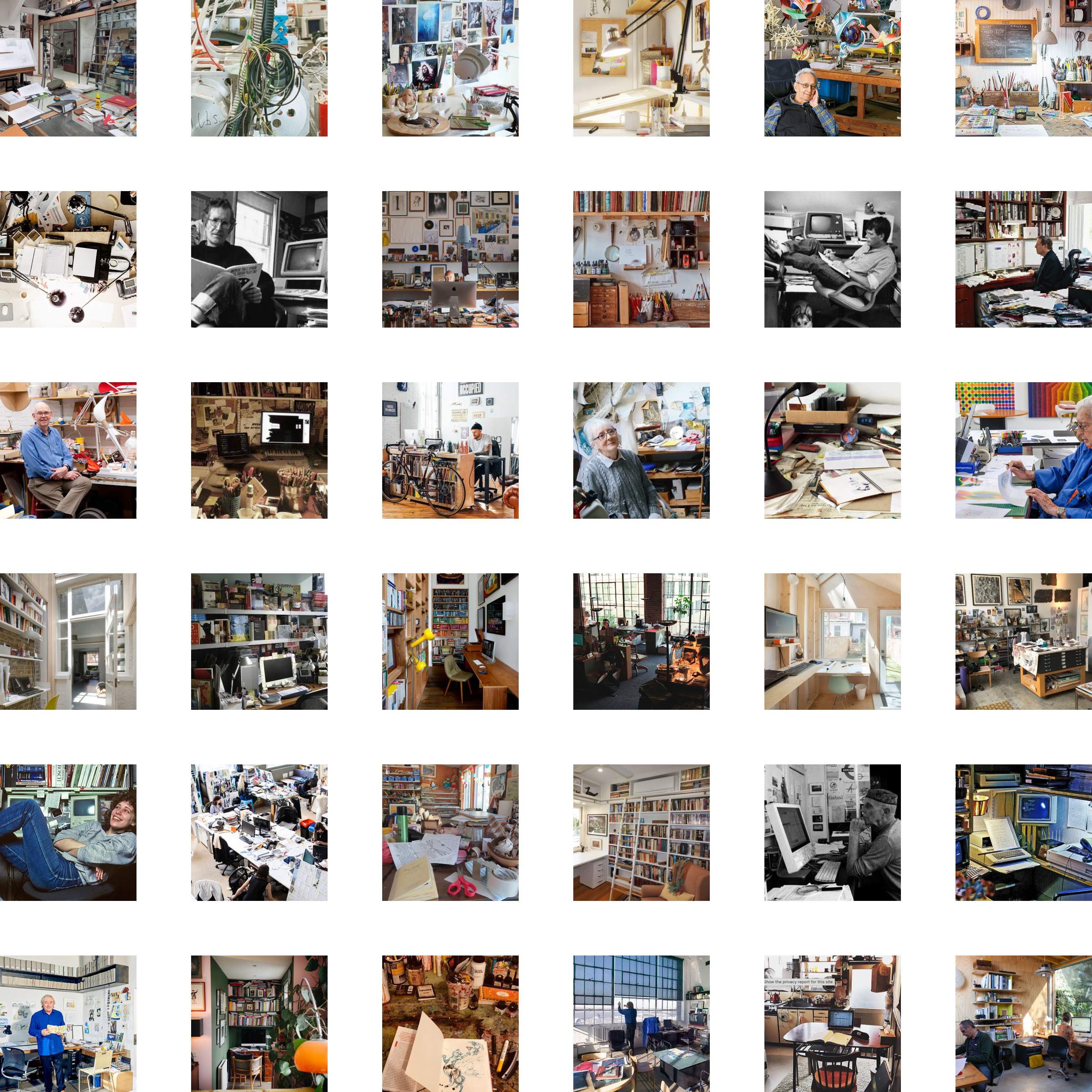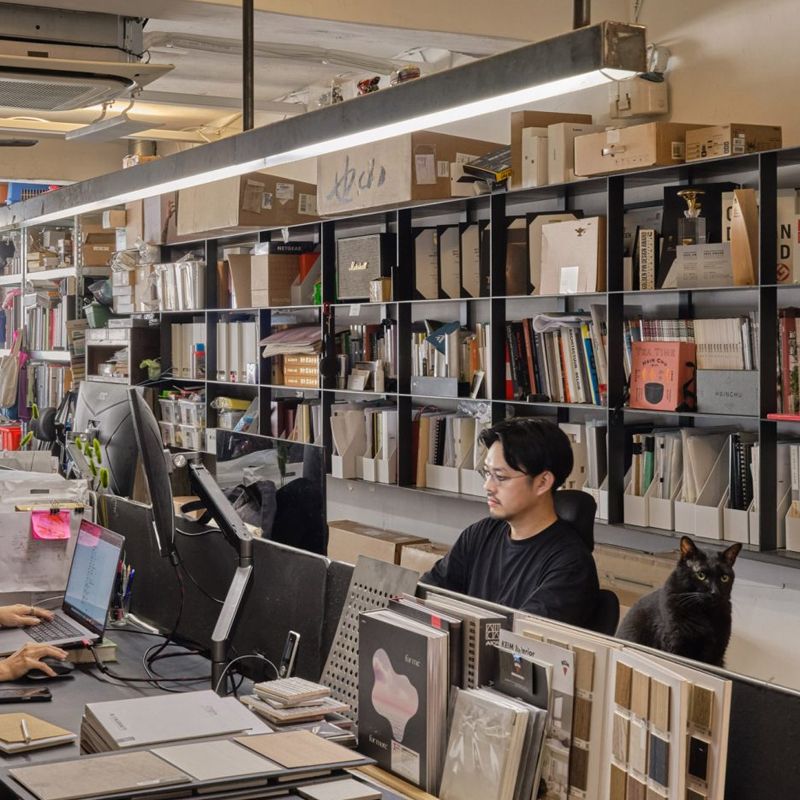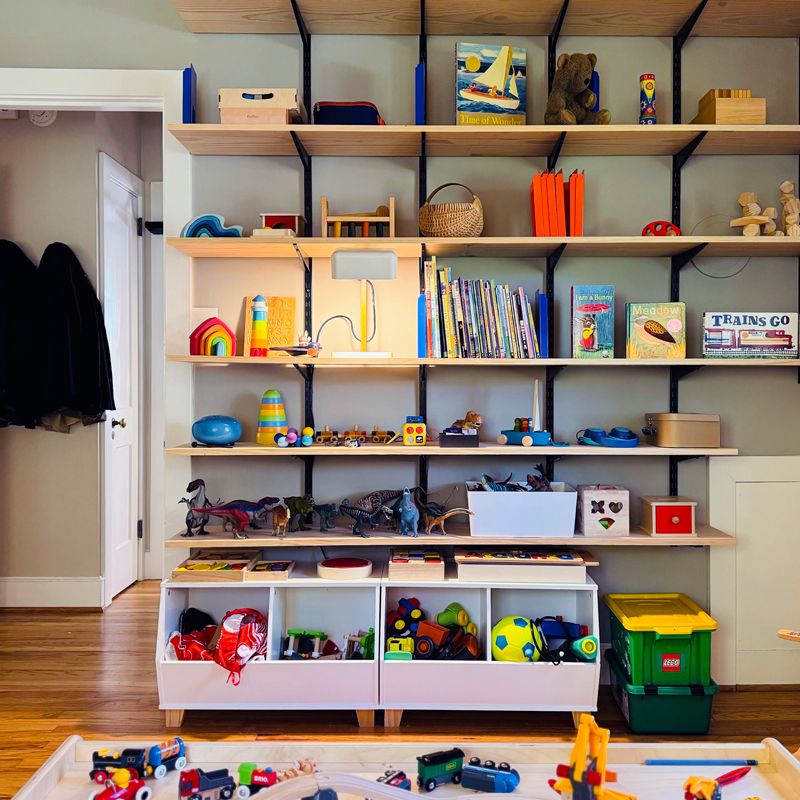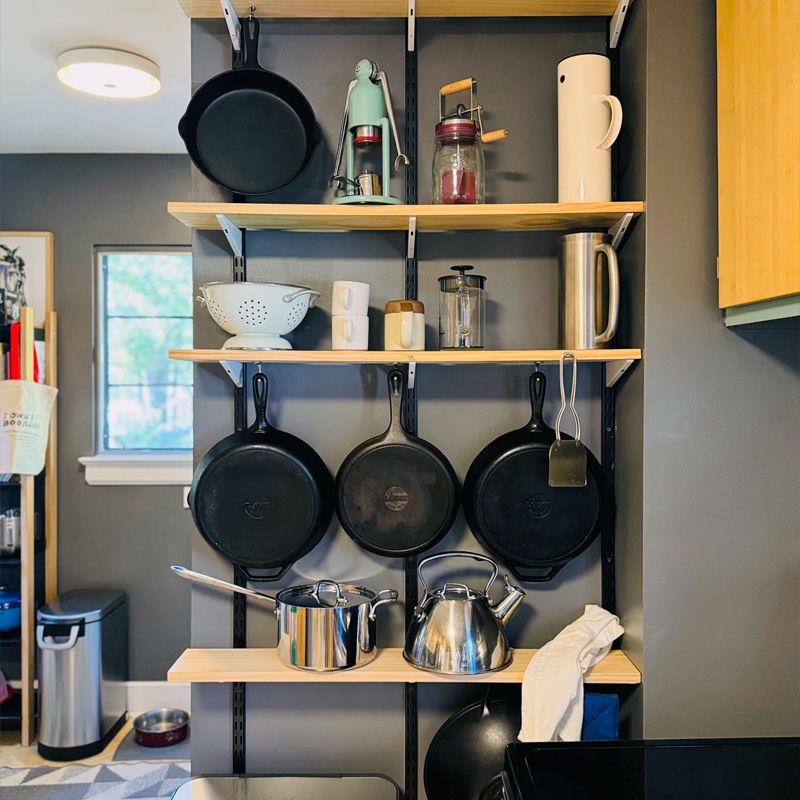Periodical 21 — Working Spaces
Working Spaces

dezeen recently featured Nineteen Taiwanese architecture studios photographed by Marc Goodwin.

My favorite images are the ones that highlight the working nature of the spaces. And the spaces I am most interested in being in are those which embrace the aesthetics of function. Among these images — and it’s not just these firms; I’ve seen this in many spaces occupied by professional service firms — there is a stark difference between those designed for the employees and those designed for the clients. The spaces designed for the employees are multi-functional — they support the many kinds of work that lead to something being made, from inspiration, to research, to exploration, to production, to documentation. Those designed for the clients often feel like artifacts representing the sensibilities of the designer — spaces to be seen and desired, not necessarily inhabited. For me, one is much better than the other.
The image at the top of this page is a glimpse into one of my collections from my personal picture collection — this one of “workspaces.” I’m especially fond of looking at this kind of image because I find how people create a working space fascinating. (By the way, you should have a personal image collection and it should truly be yours and it should not be shared. Tobias van Schneider calls this your secret repertoire, which I like.)
Back to working spaces: We’ve lived in our house for over eleven years now, and are still finding ways to customize and optimize its spaces. Still is an interesting word here, because it hints at the notion that setting up a space is something you do at the beginning of inhabiting it: you move in, you unpack, you arrange and decorate, you live in it. But how can you really know, at that point, how you will experience a new space? What will it need from you? What will you need from it?

We recently updated my son’s bedroom — a room that had a different purpose three years ago, before he was born, and once again needs to change because what he needs from it now is different from what he needed from it then.
Most importantly, he needed better storage, and I made a point of constructing something that would be flexible to him as time passes. It’s a working space.

Similarly, our kitchen has had a few different stages of evolution since we first moved in. The most recent one was to make it, too, more of a working space: everything now that gets daily use is within reach.
I noticed just this year how absurd it has been to take the kettle out of an upper cabinet every morning and replace it within every afternoon — why have we been doing this for a decade? Similarly for spatulas that have gone in and out of drawers twice daily. Now they live out. A kitchen is a working space.
As you can see, I love exposed shelving. It’s not everyone’s idea of beautiful, but it’s mine.
What are your working spaces? Send me pictures! butler.christopher@proton.me
–
I Who Have Never Known Men
I just finished reading I Who Have Never Known Men by Jacqueline Harpman.
I came by this book thanks to Sonia Turcotte, who wrote of it:
“This is one of those very weird books where you don’t really know what to say about it. Where it low-key changes your life but also you can’t really recommend it to anyone. It’s understated, leaves you hanging, and is a real mindfuck. Perhaps the biggest recommendation after all.”
I purchased a copy of the book about 30 seconds after reading just these four sentences about it and nothing else. Rare is the review written from within a clearly identified, but not yet understood, devastation. I had to know it for myself.
It’s astonishing to me that I had never heard of this book until last week. It intersects with so much that I have already read and grapples with themes common among all my reading in speculative fiction, but in a completely new — to me — way. I keep thinking that it is a perfect pairing with Earth Abides, by George Stewart. Both novels ask what humanity is without humans and without history. Both are about solitude and alienation. Both are interior narratives. Stewart’s title hints at his point, as does Harpman’s, and therein lies the most profound difference. Not just that one story is about a man, and the other about a woman — though that is a profound shift in perspective between them — but that one is about what endures and the other is about what does not.
It’s been ten minutes since I finished reading I Who Have Never Known Men, and so, like Turcotte, I am not yet able to fully articulate what this book has done to me. But I can say that I suspect it has found a place among the most important books I have ever read.
–
Other Things
If you haven’t looked through someone else’s window lately, you should. There is only one here but there are many other theres from which everything looks different.
How can I not fund this extravagant work of beauty, an Alphabet in Motion?
This branding work by Studio Garbett for White Bay Power Station, is lovely.
If you want to re-prime your love for Swiss design, do that here.
If you’re reading this via RSS, that’s really cool! Email me — butler.christopher@proton.me — and let me know!
Written by Christopher Butler on
Tagged